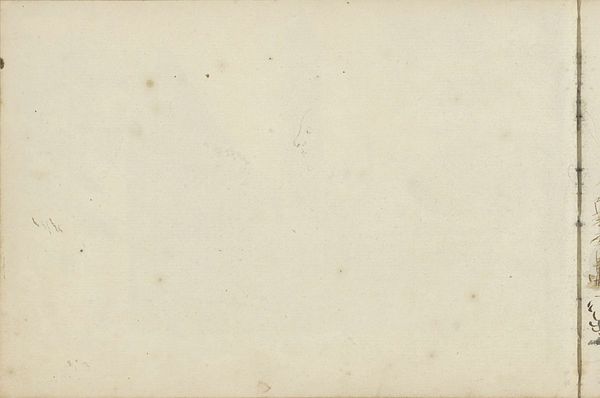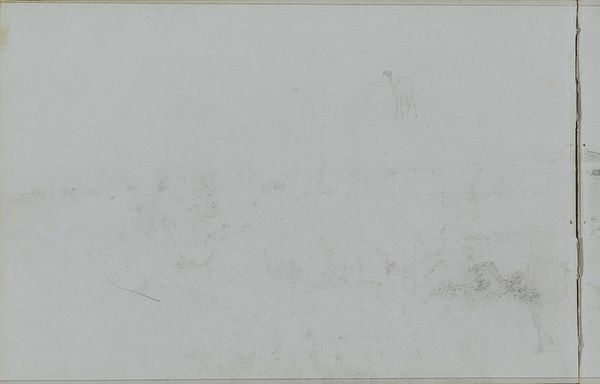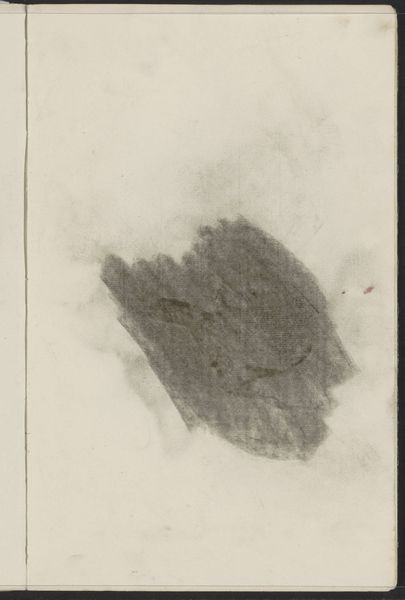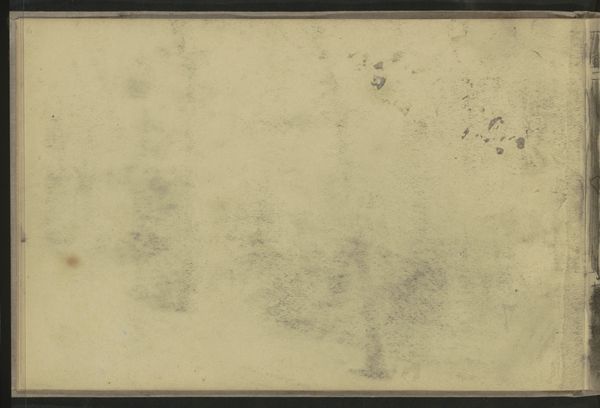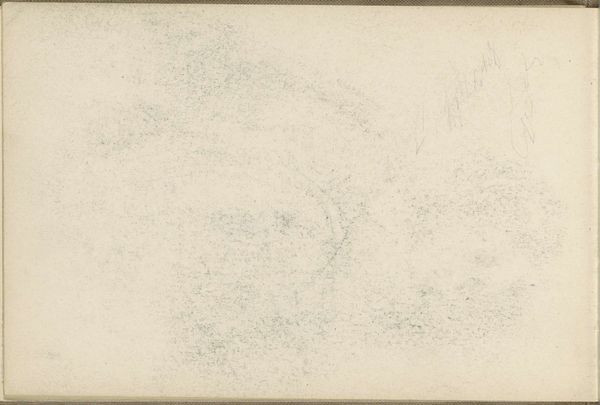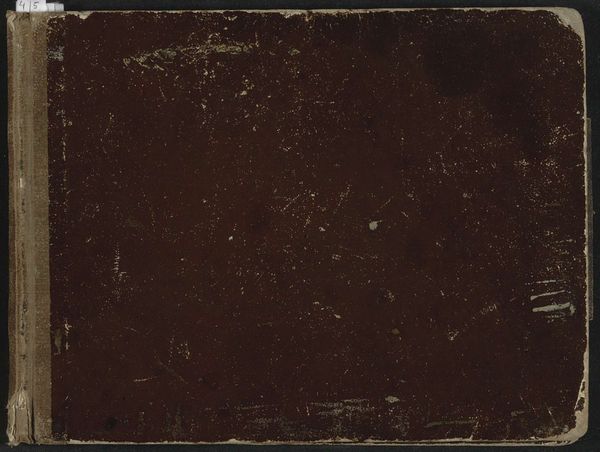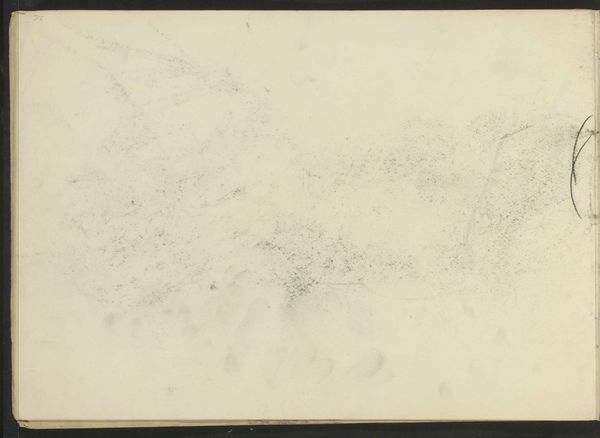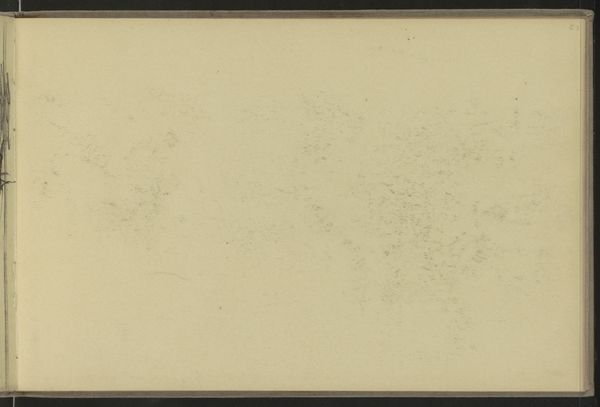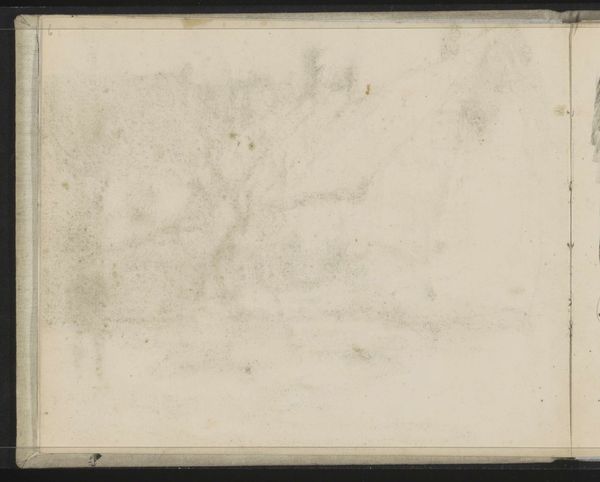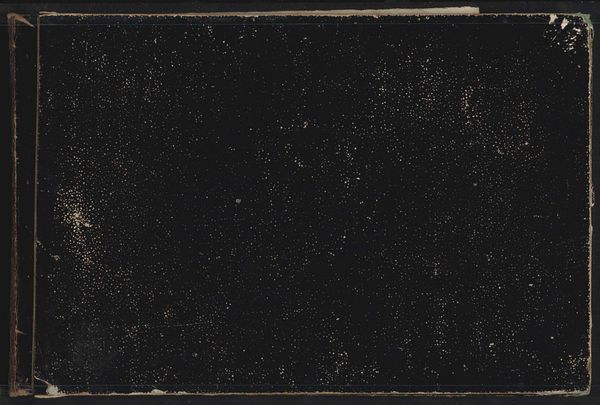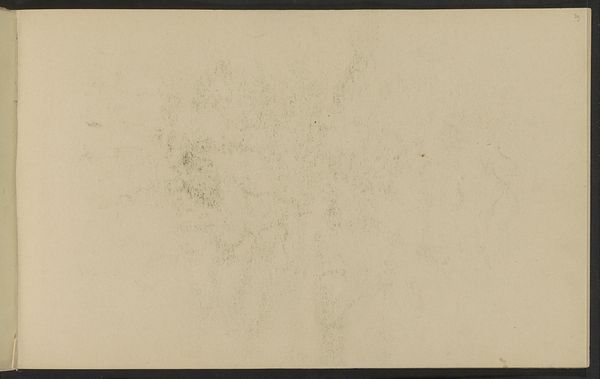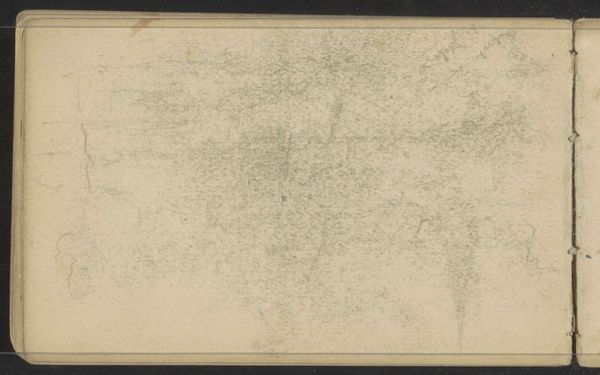
drawing, paper, pencil
#
portrait
#
drawing
#
impressionism
#
paper
#
pencil
Copyright: Rijks Museum: Open Domain
Editor: This is "Abklatsch van de krijttekening op pagina 3," a pencil and chalk drawing on paper by Willem Witsen, circa 1882 to 1884. At first glance, it seems almost ghostly and indistinct. How do you interpret this work? Curator: It is ghostly! But that indistinctness is key. Witsen lived in a time of rapid social and technological change. This period fostered anxiety about identity, memory, and representation. The ‘rubbing’ technique speaks directly to these concerns. It is not the original but a copy, a trace, reflecting how our own identities are formed: through traces of lived experiences and memories of encounters. Editor: So the medium itself conveys meaning. I see. Do you think the work is commenting on something specific in Witsen's life, maybe? Curator: Absolutely. The late 19th century was a time of strict social structures, particularly affecting class mobility and gender roles. Considering his social circle in the Dutch art world, we must examine how notions of bourgeois masculinity were evolving. Witsen was from a wealthy family, and struggled to establish his artistic independence. Could this blurred portrait reflect the fragility of the social conventions and hierarchies of his time, perhaps even an attempted erasure of them? It almost invites us to speculate, doesn't it? Editor: That's fascinating! It gives me a totally new way of understanding what I'm looking at, not just what the artist drew but what it represents in the social and cultural sphere of that period. Curator: Exactly. Art is never made in a vacuum, and its context reveals so much more. Editor: I'll never look at a drawing the same way again. Curator: Good! That's the beginning of an intersectional art journey.
Comments
No comments
Be the first to comment and join the conversation on the ultimate creative platform.
